Siberian cedar: description, rules for planting and reproduction
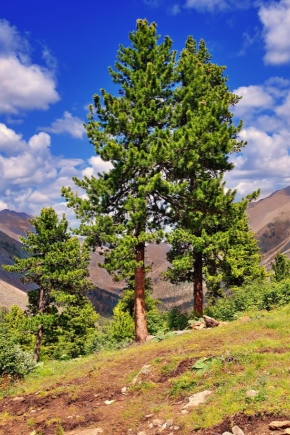
Many different types of trees grow in Russia. However, even among them, such a species as the Siberian cedar is very interesting. It's time to figure out what exactly he is.
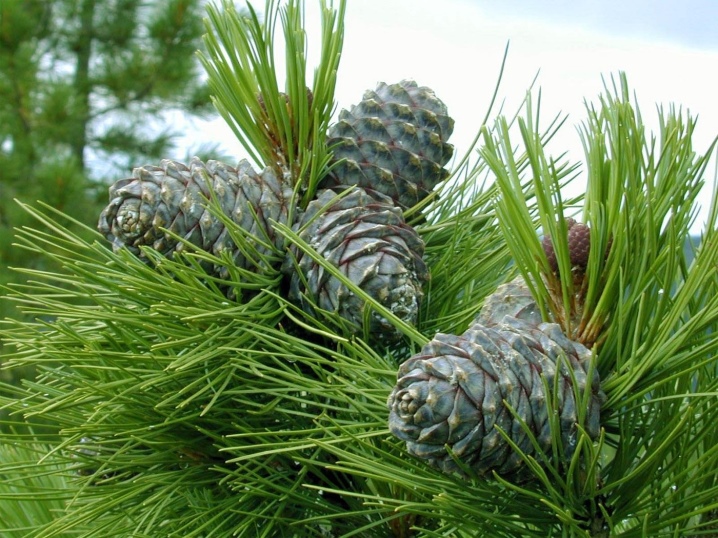
Description
The Siberian cedar in reality is not any cedar and is not part of the family to which the Himalayan and Lebanese cedars belong. Biologists believe that this is a representative of the pine genus. The height of an adult tree can be 44 m, but usually it does not exceed 35 m. In an old tree, the trunk girth sometimes reaches 2 m. The lifespan of Siberian cedars can slightly exceed 500 years.
The length of dark green needles is sometimes 0.14 m. The needles form bundles, each of which has strictly 5 needles. The root system is rather short. It is formed from taproots with intense branching. Siberian cedars can be seen not only in Siberia, but also:
in the Ural and Altai mountains, in their foothills;
in Mongolia;
in the north of the PRC;
in Sikhote-Alin.
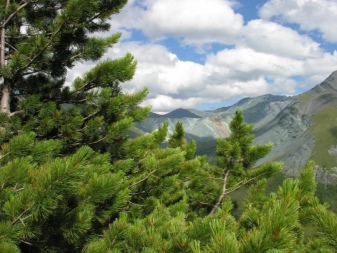
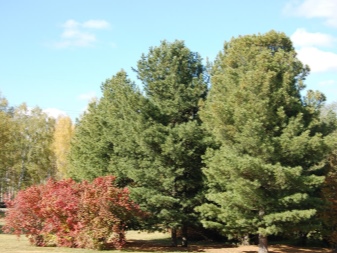
Large artificial plantations of cedars have been created in 4 regions of Russia - Arkhangelsk, Yaroslavl, Kostroma and Vologda. Siberian cedar blooms in the middle of summer. The harvest time for the cones is in August and the first days of September. The collected seeds are stored for a maximum of 5-6 months. If you leave them for longer, there is a risk of poisoning.
The formation of a dense crown in the form of a sharp cone is characteristic of the Siberian cedar. As the tree matures, it becomes wider. The smooth bark is initially gray in color, later it acquires a gray-brown color and is covered with furrows. Young shoots are 0.6-0.7 cm thick, colored in a light brown tone and covered with thick red hair. The buds of this tree do not contain resin, they reach 0.6-1 cm in length.
The needles can survive on the branches for 2-3 years. Erect cones are egg-like in shape or elongated. Cedars begin to bear fruit in the second year after flowering. The ripened cone reaches 0.06-0.13 m in length, it is characterized by tightly pressed scales, the shields on which are thickened. The cone can contain 30-150 seeds.
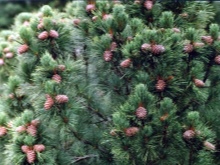
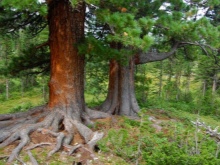
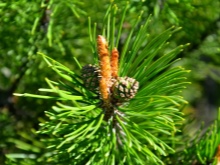
The seeds themselves are large (1-1.4 cm long, 0.6-1 cm long), have no wings and are colored brown. As soon as the formation of seeds is finished, they will darken, the size of the bud will decrease. The peak of fruiting (dropping of cones) occurs in August and early autumn. Under favorable conditions, 1000-1500 cones can fall from a large cedar. You can distinguish Siberian cedar from ordinary pine by its darker and longer needles.
In nature, Siberian cedar forms the so-called dark coniferous taiga. In the central part of Altai, this tree can grow at heights of up to 2 km, and in the south of the region it rises in places up to 2.4 km. To the west of the Urals, Siberian cedars grow together with:
Siberian firs;
larch trees;
firs.
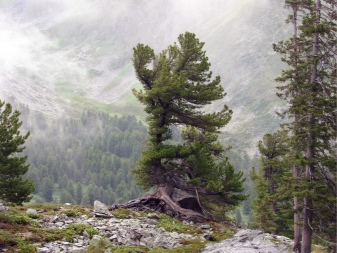
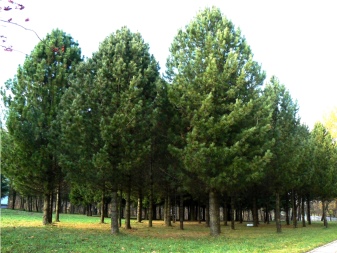
In the European part of the Russian Federation, the northern border of the range of this species runs from St. Petersburg to Kirov and further to Vologda. In the south, Siberian cedars can be seen in the Caucasus. Wherever they grow, the cedar forest has pleasant smells, it is easy to breathe in them. The age of the cedar pine can reach 800-1000 years. Long-term experiments of foresters have shown that they do not grow at all in dry climates.
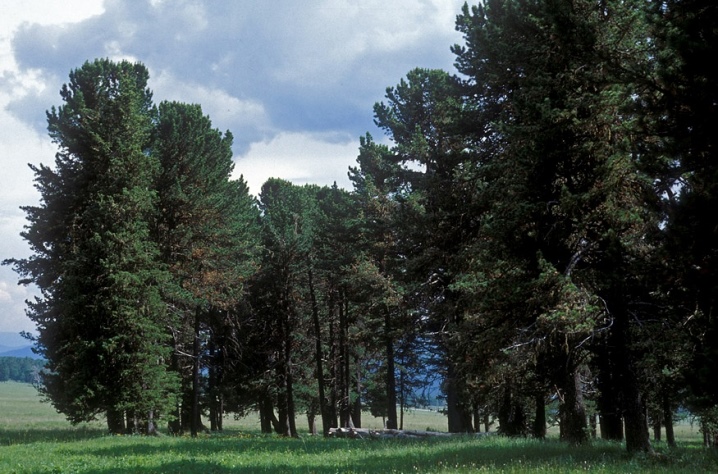
Growth rate
This is not to say that Siberian cedar is growing rapidly. Its growth continues exactly as long as the tree lives.The first seeds appear by the age of 25-30 in the wild. In culture, the cedar begins to give them at the age of about 50 years or more. Achieving the maximum increase in height is possible only with systematic care for 7-9 years.
Decent lighting is an important condition for relatively fast development. Mature cedar pines adapt to shaded areas, reducing their growth rate. Excessive smoke and transplantation of mature trees will also negatively affect it. The significance of soil conditions cannot be ignored either. As practice has shown, they are no less important than the climate for the normal development of the Siberian cedar.
Siberian cedar, which partially inhabits the areas to the west of the Urals, can reach a height of 35 m. Sometimes there are also taller trees. But the cedar pine growing in the European mountains only occasionally exceeds 20 m. Centennial trees grow there up to a maximum of 12 m. Some botanists even suggest that this is a separate subspecies.
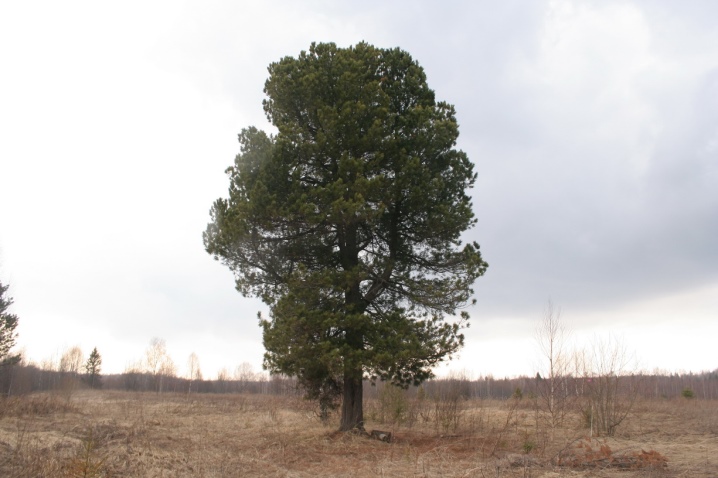
The seasonal growth of Siberian cedar in open areas begins in the last days of May. When shaded by taller deciduous trees, this moment is postponed by 7-10 days. Cedar pine will grow in height from 45 to 50 days. In the first third of the growing season, development is slow, but then it accelerates sharply. The maximum rates are reached on days 20-25. The weather is very influential as the cedars react immediately to the warmth of May.
Sometimes a secondary increase appears within one year. This is reflected in the fact that the buds laid for the next season are activated in August. The length of the shoots formed can reach 0.08 m. Branches without needles at the beginning of autumn stop growing and hibernate without bud formation. Secondary growth is observed against the background of a warm, humid August.
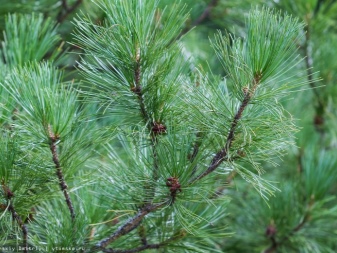

Differences from ordinary cedar
Having found out the main points about the growth of the Siberian cedar, it is important to find out more the difference between it and other species. The Lebanese tree is not the same as the Siberian one, the length of the needles, its cones also have a different size. Lebanese cedars produce inedible seeds. However, their shape can be easily confused with pine nuts. Cedrus (another name for the Lebanese cedar) is thermophilic and can grow normally only in subtropical regions. Both trees, however, grow primarily in the mountains.
The Korean cedar has 4 differences from the Siberian one:
longer cones (difference 0.02 m);
twice as large nuts;
needles up to 0.2 m long;
lower oil content in nuts.

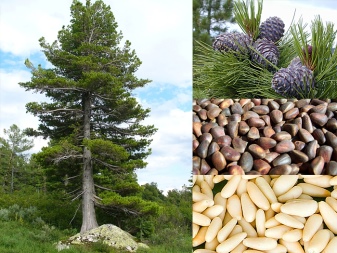
Landing features
Planting Siberian cedar correctly is not that difficult. The same techniques will come in handy for growing European and Korean cedars. The minimum distance between seedlings should be 8 m. Since the roots are twisted in container growing, they must be tidied up before planting. You can plant cedar only in a hole where you do not have to bend the ends of the roots so that they fit freely. Since the root system itself is characterized by superficial development, it is required to place the roots only in the upper fertile soil layer.
If the soil in the garden area consists of heavy clay, the planting hole is covered with a small amount of washed and calcined sand. The depth of the holes is at least 1 m, and the diameter is at least 1.8 m. For large seedlings, these figures should be higher. Fertile soil mixed with sand is poured into the pit. In areas with sandy loam, you do not need to add sand.
Cedar loves soil, the upper 0.2 m of which is light and rich in nutrients. If this condition is not met, ventilation of the roots will be impaired. To fulfill the standard requirement, 100 kg of compost is laid up in the pit, and then it is carefully dug up. Seedlings from containers must be removed as carefully as possible. Compressing the walls of the container helps to simplify the removal of the soil clod.

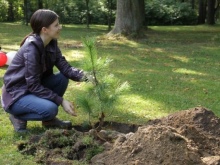

When the roots are straightened, they are carefully monitored so that the earthen lump does not disintegrate. Therefore, one should not rush with such work. An earthen cone is then formed in the planting pit. The roots are straightened along this cone. When the crown of a cedar is devoid of symmetry, the underdeveloped side is turned to the south so that the branches grow there faster.
When the seedling is buried in the planting hole, the roots are sprinkled with earth and tamped with hands. Around the perimeter of the pit, an earthen wall is made in the form of a ring. The instruction requires abundant watering of the plantings. Usually, 50 liters of water is enough for a seedling.
The soil in the pit will gradually drop and become 0.08-0.1 m lower. Therefore, it is necessary to plant the cedar in a medium-sized tubercle. Then, after sedimentation, the root collar will be at the desired level. If the land is damp and the groundwater is high, Siberian cedar can only be planted in an embankment. The height of such a platform varies from 0.4 to 0.8 m, and the circumference is at least 3 m.
Dig up the soil in advance. At the same time, compost is added, and if necessary, sand. Be sure to fill the site with brushwood. It will become a source of nutrients and improve the structure of the earth. To exclude erosion of the site, sod layers are laid along the perimeter.
It must be remembered that the small, water-absorbing roots of the cedars are placed directly under the bedding layer. Therefore, when planting, you need to mulch the surface of the earth. Otherwise, it will be impossible to ensure its fertility and normal aeration. Foliage is considered the best mulch. The mulch is renewed annually so that adventitious roots develop sooner, activating the growth of the trunk.
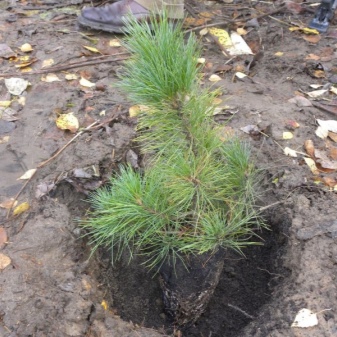
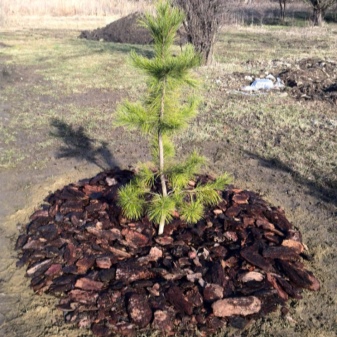
Care rules
When characterizing the attitude towards moisture, one must immediately point out that Siberian cedars are moisture-loving. This property is especially pronounced against the background of a hot dry summer. They need watering regularly, they spend it, focusing on the drying out of the earth. In the fall, the cedar prepares for hibernation, so it should be watered as little as possible. In winter, watering of container plants is practically stopped.
It is necessary to transplant a plant from a container for growing in the country when the frost is over. Sometimes this is done in the autumn months, after waiting for the completion of the growing season. It is impossible to do without a haircut when forming a crown. But if there are no special decorative requirements, you can limit yourself to systematic cleaning from deformed and dried branches.
A formative haircut is essential if Siberian cedar is to be a part of your garden design. It starts when the plants reach the age of five.
It is recommended to carry out the procedure in early spring. The ideal tool for this is the pruner, which must be sharply sharpened. The tool blades are disinfected with alcohol, and the cuts are treated with garden varnish.
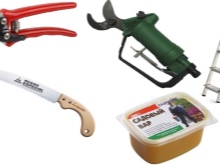
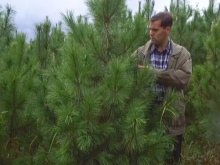
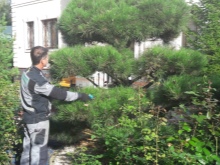
You do not need to cover the cedar with mulch and any materials for the winter. If it grows in open ground, it doesn't need fertilizer. However, during the planting itself, a biological growth stimulator is laid in the ground. The most attractive drug of this kind is Kornevin.
Experts urge to avoid synthetic stimulants for this. Preparations intended for indoor crops will also not work. We must be guided by the formulations developed specifically for cedars. The container plant is fed with vermicompost, for example, of the Kedronic brand.
This preparation is suitable not only for application to the ground, but also for spraying on needles. It is recommended to use it if yellowness suddenly appears on it.

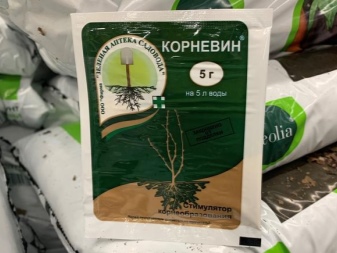
Diseases and pests
The main natural enemy of cedars is the common engraver; these insects become active in the last days of May. When the beetle infestation begins, it is very difficult not to notice the small holes in the bark. If the engravers set aside the larvae, there is little chance of saving the tree. Prevention consists of:
the use of systemic insecticides;
injections of biological agents;
systematic removal of infected areas.
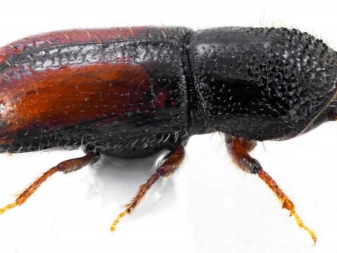
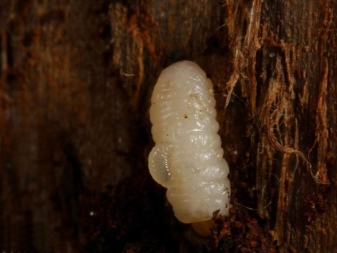
When pine hermes appears, the trunks are covered with a white bloom. These are colonies of larvae. As they grow older, Hermes takes on a brown color. Due to the suction of juices, the needles turn yellow. It is important to notice these manifestations in time and not to confuse them with a situation when the plant lacks nutrients.
If the infection is still mild, all parasites are collected and burned. All affected areas will also have to be burned. If there is a lot of hermes, the soil is treated with Aktara, and the needles - with Decis or Iskra. The procedure is repeated after 30 days. This continues until the pests are completely destroyed.


Moths, scale insects and aphids are also dangerous. They are fought with systemic insecticides. To reduce the risk of pest damage, you need to take care of the overall health of the plant. Therefore, it is advised to stock up in advance with biological preparations that strengthen the cedar's immunity. Coniferous rust attacks trees in warm, humid weather.
Initially, cedars are covered with yellow specks, and soon they are replaced by a white bloom. The fungus penetrates into all organs and tissues of the plant. At the very beginning of the lesion, the needles turn yellow and disappear. The most important preventive measure is the destruction of a sow thistle and coltsfoot nearby (the pathogen passes from these plants to the cedar). The diseased branches are cut and burned.
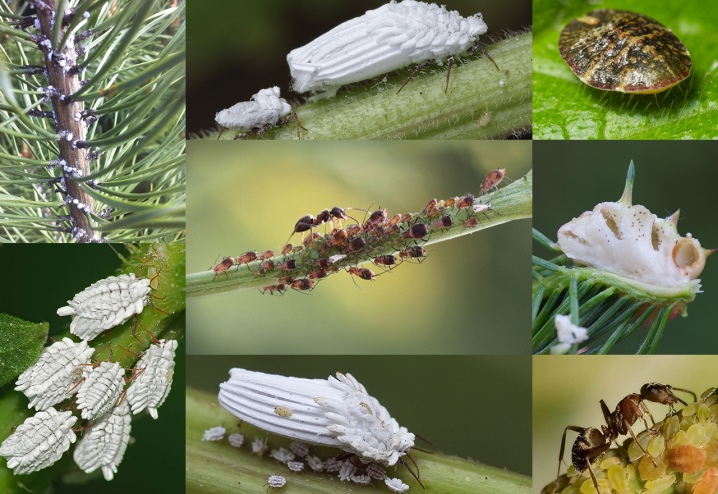
It is strictly forbidden to plant gooseberries and currants near cedars. These berry crops are carriers of seryanka. When infected with this disease, the tree's immunity falls. Gradually, the bark cracks and falls off. The only control measure is to clear the tree from areas affected by spores.
To reduce the danger, it is required to systematically remove dry branches. It is also necessary to get rid of all shoots with cancerous ulcers. If gardeners miss the time, a pest infestation will begin. Because of it, weakened trees even die. On the other hand, with the right approach, you can completely protect the plant.
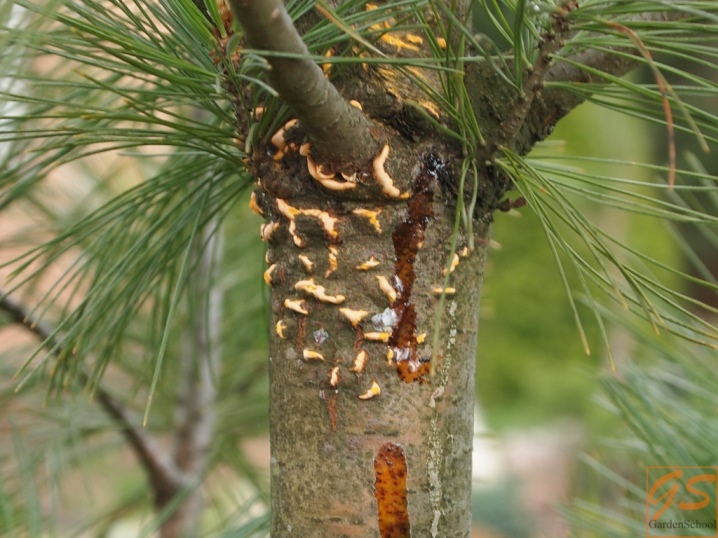
Reproduction
Usually Siberian cedar is propagated by seeds. But you can do without growing seedlings if you use the cuttings method. The cuttings are grafted onto a common pine. If the seed method is nevertheless chosen, sowing is best done in the fall. The beds are prepared in advance, and after sowing at the end of September or in the first days of October they are covered with spruce branches to protect them from mice.
When cedar seeds are planted in the spring, they are necessarily stratified. For stratification, the planting material is soaked in warm (25 to 30 degrees) water. It is necessary to soak the cedar seeds from 72 to 96 hours. The water is changed once a day. When the stratification is complete, the seeds are mixed with sand or crushed peat.
The mixture is stirred regularly, periodically adding a little water to it. You will have to wait for sprouts to hatch from 50 to 60 days. As soon as this happens, the container is transferred to a cold place and kept there until sowing. Its time comes at the end of April or during the May holidays. It is necessary to bury the seeds at 0.03-0.04 m.
Seedlings can be exterminated by rooks. To protect them, they are covered with plastic wrap. It is necessary to remove it only after the shell has fallen off. Excessively dense seedlings are required to dive, cut off the roots and plant again. The recommended planting scheme is 0.2x0.2 m, while it is carried out at the same depth at which the seeds were planted.
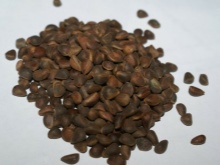
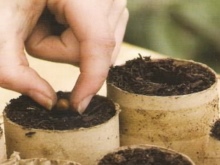
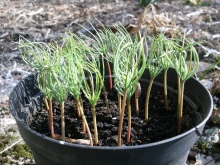
Picks are allowed in the second year as well. If the standards of agricultural technology are met, you can get decent cedar seedlings in 2-3 years. They will already have well-developed roots, which guarantees them a fairly high chance of survival. You can get the planting material itself in forestry or forestry enterprises. They sell seedlings from 2 to 5 years old.
Occasionally, in forestry, it is allowed to dig out seedlings in cutting areas, at the places of laying communications, on skidding roads. But it is impossible to take them under the canopy of a forest or in areas where forest fires have taken place. Such an act is recognized as poaching.In any case, the cedar planting material must be dug out with extreme caution, trying to preserve the roots. The earth lump is thoroughly moistened. You need to plant the plant on the site on the same day when it is taken from the forest.
If this cannot be done, you must at least dig in the seedling. Common mistakes are:
severe root damage;
their break;
overdrying of the root system in the air.

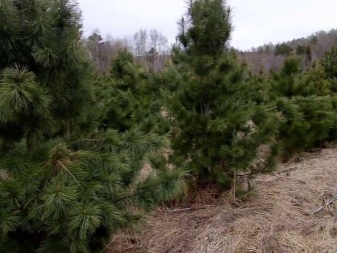
You can not plant single cedars for divorce. Like other conifers, they are cross-pollinated. When the transfer of pollen is limited by the crown of the tree itself, the seeds either will not tie at all or appear in the fall of next year, in addition, they will be small and with poor germination.
Experts advise purchasing planting material from various localities. Otherwise, destructive closely related crossbreeding can occur. It is recommended to plant Siberian cedars immediately in a permanent place. Seedlings are usually shared by fruit trees and berry bushes. Lupine can also become an excellent companion for them - it activates growth and accelerates the onset of fruiting.
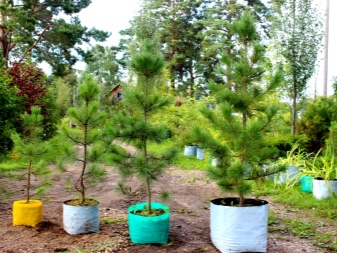
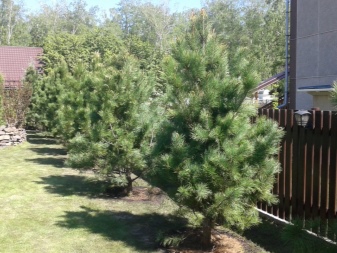
Examples in landscape design
Siberian cedar, as shown in this photo, can be a great center for landscape composition. Even a relatively short tree looks great surrounded by herbaceous plants.
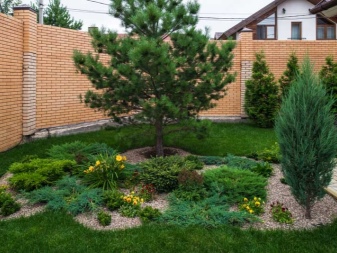
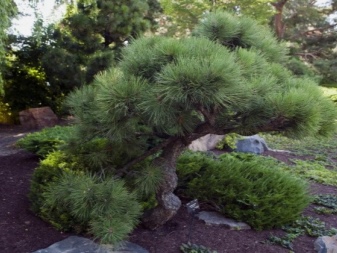
Professionals strongly advise to unfold the tree strictly to the cardinal points. In this case, as shown in the picture, you can use Siberian cedar as a background. Lower crops are carried forward.

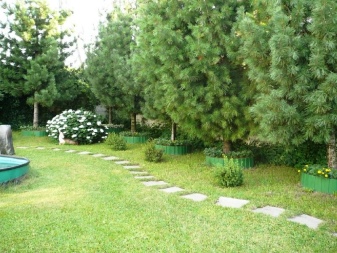
For information on how to properly plant a cedar, see the next video.



































































The comment was sent successfully.